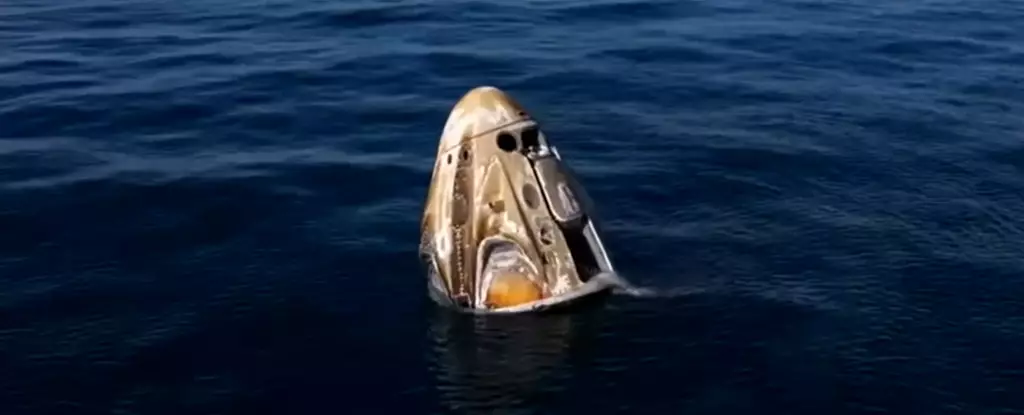The recent journey of astronauts Butch Wilmore and Suni Williams highlights both the uncertainties of space travel and the unwavering spirit of human exploration. What initially promised to be an eight-day mission aboard the International Space Station (ISS) unexpectedly transformed into a nine-month odyssey following a technical failure on Boeing’s Starliner spacecraft. This incident underscores the inherent risks of venturing into the cosmos, but it also illuminates the remarkable resilience and adaptability that characterize humanity’s quest for knowledge beyond our planet.
The Trials of Space Travel
Launched on June 5, 2024, the Boeing Crew Flight Test aimed to demonstrate the capabilities of Starliner as a new commercial space transport system. However, on approach to the ISS, complications arose when the spacecraft’s engines malfunctioned, leading to a critical review and the decision to abort the crew’s return plans. While NASA refrained from labeling Wilmore and Williams as “stranded,” the reality remained that their stay in space extended far beyond expectations. This situation brought to light the multifaceted challenges astronauts face—it’s not just about the mission itself, but also about handling unexpected setbacks that can stretch the confines of human endurance and psychological strength.
The Human Element in Space
Despite the extended duration in microgravity, both Wilmore and Williams maintained an admirable outlook. Their spirits were buoyed through engaging in over 150 diverse scientific experiments and performing spacewalks, activities that kept their minds active and purpose-driven. The ability of astronauts to adapt and thrive under less-than-ideal circumstances speaks volumes about the resilience of the human spirit. It points to a vital aspect of space exploration that often gets overshadowed—the psychological hurdles and the need for community and connection, even when physically distanced from loved ones.
The Return Journey: A New Front in Space Odyssey
On the morning of their long-awaited return, the crew boarded a SpaceX Crew Dragon capsule for a 17-hour journey back to Earth. The precision required for re-entry and landing was indicative of the advanced technological developments in modern space travel. Following a successful burn of the spacecraft’s engines, the capsule glided down to the Gulf Coast of Florida at precisely 5:57 PM ET, emphasizing the intricate ballet that space missions require from engineering, piloting, and teamwork. This successful landing not only marked a significant moment for Wilmore and Williams, but also restored focus on Boeing’s capacity to deliver on its commercial promise.
Impact and Reflections on Future Missions
The narrative of space missions like that of Wilmore, Williams, and their crew extends beyond individual experiences, contributing to the collective advancement of space exploration technologies. Each setback presents opportunities for re-evaluation and improves future missions’ safety protocols. This precarious balance between ambition and caution is essential as humanity forges deeper into the realms of outer space, standing at the brink of thrilling discoveries. The saga of these astronauts serves as a poignant reminder that while technology continues to advance, human determination and adaptability remain the cornerstones of exploration, essential for our journey beyond the stars.


Leave a Reply